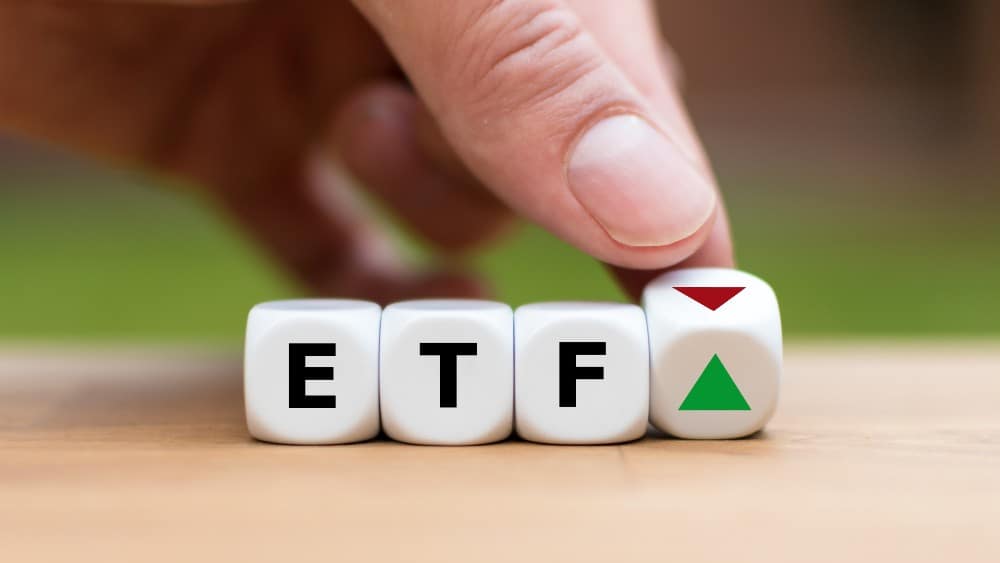I’m a big advocate of passive investing using exchange-traded funds (ETFs), especially those that track broad market stock indexes. There is ample evidence out there that shows holding a low-cost, globally diversified stock portfolio will beat the majority of stock pickers and day traders.
The lesson here is to keep your investing simple and boring. If you want excitement, go to the casino. While stock picking can be fun, it is also time consuming, stressful, and prone to underperformance. When it comes to a long-term, buy-and-hold mentality, using ETFs is an excellent way to invest for retirement.
Today, I’ll be reviewing three great, low-cost ETFs from Horizons ETFs, covering the worldwide, U.S., and Canadian stock markets, respectively.
Why Horizons ETFs?
Traditional ETFs hold a basket of underlying stocks and sell you shares of that basket. These ETF shares trade on an exchange and their prices fluctuate based on the underlying holdings. Horizons’s total-return (TR) ETFS are quite different. These ETFs don’t hold the underlying stocks that comprise their respective indexes.
Rather, TR ETFs use a derivative called a total-return swap to replicate the performance of their underlying indexes. To do this, Horizons enters a swap agreement with a counterparty. When you buy a TR ETF, your investment is held in cash as collateral.
The counterparty is then obligated to remit to Horizons the total return of the index (capital gains + dividends). For example, if the index increases by 8% and pays a 2% dividend, the counterparty will pay 10% to Horizons (minus fees), and the TR ETF will increase in price by 10% (again, minus the fee).
The advantage of this is very low tracking error, low costs (swaps are cheap to buy), and incredible tax efficiency, as virtually no distributions are paid. This means the only tax payable in most cases is capital gains tax, which can be deferred until you’re ready to sell.
Worldwide diversification
Horizons Growth TRI ETF Portfolio (TSX:HGRO) is intended to be a all-in-one ETF covering equities from around the world. The ETF is split into roughly 33% U.S. large-cap stocks, 21% NASDAQ 100, 18% S&P/TSX 60, 14% international developed markets, 7% international emerging markets, and 7% Stoxx 50 Index (European large cap).
Investors can buy HGRO and have a complete ETF portfolio with no action needed. The fund manager rebalances the fund for you, and the TR nature means that there are no dividends to reinvest. This makes it a great set-and-forget investment. HGRO costs a management expense ratio (MER) of just 0.16%.
Betting on the U.S.
Investors bullish on the U.S. stock market can buy Horizons S&P 500 Index ETF (TSX:HXS), which tracks the renowned S&P 500 Index. HXS is also a TR ETF, which gives it minimal tracking error and distributions. This makes HXS a great way for investing in U.S. indexes when it comes to taxable accounts.
HXS currently costs a MER of 0.10%, along with a 0.10% swap fee. While this might be higher than other Canadian S&P 500 ETFs, the use of swaps means that there is no 15% foreign withholding tax paid on dividends (there are none here). Therefore, the total cost of ownership is roughly equal.
Betting on Canada
Investors looking to buy large-cap, blue chip Canadian stocks can consider Horizons S&P/TSX 60 Index ETF (TSX:HXT). Like HXS, HXT is a TR ETF, using swaps to track the performance of the S&P/TSX 60 Index. It also has very low tracking error and incredible tax efficiency in taxable accounts.
HXT is one of the cheapest Canadian equity ETFs, costing a rock-bottom MER of just 0.04%. For a $10,000 portfolio, this works out to around $4 in fees annually, which is incredible. This low fee has made it popular among investors, even in tax-advantaged accounts.



